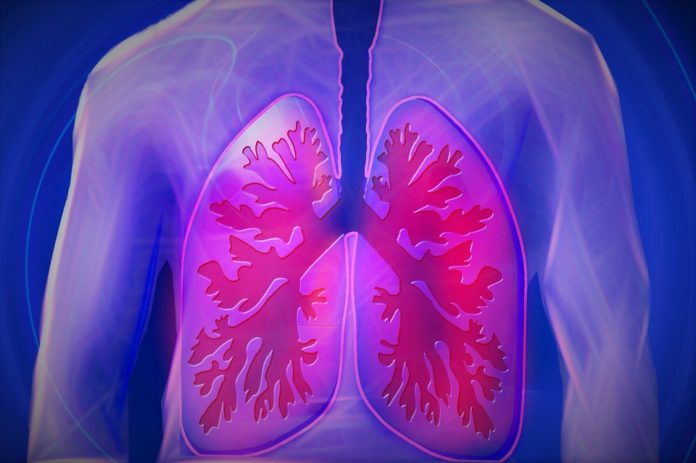Drug-induced interstitial lung disease (DIILD) occurs as a result of numerous agents, but the risk often only becomes apparent after the marketing authorization of such agents. In a new study by the Universities of Manchester, Leeds, and Sheffield, as well as clinicians at NIHR Manchester Biomedical Research Centre, Royal United Hospitals Bath NHS Foundation Trust and Sheffield Teaching Hospitals NHS Foundation Trust, and the European Organisation for Research and Treatment of Cancer (EORTC), scientists reviewed and synthesized the current literature on DIILD.
They found that the dangerous consequences for the lungs of drugs usually taken to treat a scope of normal conditions are substantially more far-reaching than thought. In spite of the fact that the 27 drugs treating a scope of conditions, including joint pain, cancer, and the heart, are fruitful for most patients, specialists say the group should be more mindful of the potential dangers to their respiratory systems.
Scientists are now developing imaging techniques for the management of drug-induced interstitial lung disease (DIILD). It is co-led by EORTC and Bioxydyn Ltd, a University of Manchester spin-out company.
Though DIILD can cause difficulty breathing, inflammation, and fibrosis, the risk sometimes only becomes apparent after the drugs have been in use for some years.
However, the team says clinicians are hindered because most of the papers they reviewed were of low or very low quality. Between 4.1 and 12.4 million cases of DIILD per year were reported worldwide, according to the review.
In this review, scientists found that DIILD accounted for around 3-5% of all interstitial lung disease cases. On the other hand, some of the studies found mortality rates of over 50%, and overall, 25% of all the patients studied died as a result of respiratory symptoms.
Steroids were the most common drug used to treat DIILD, but no studies examined their effect on the outcome.
John Waterton, a Professor of Translational Imaging from The University of Manchester, was on the research team. He said: “Though this area is not well researched, we can say that the side effects of drugs on the lung are much more widespread than previously thought.
“We do know it affects a considerable number of people, which is why we want to develop better imaging tests to pick up any lung problems before they become serious.
“It’s important to stress that patients can safely continue to take their medication – but it’s also important that doctors monitor and assess them closely for side effects in the lung.”
Dr. Nazia Chaudhuri, an honorary senior lecturer at The University of Manchester, said, “Doctors need to be aware and vigilant to the possible lung toxicities and harm that can be caused by some drugs. With newer drugs coming on the market, this is an increasing yet an under-recognized problem and we need better ways of detecting these side effects before they cause harm.”
The study, which looked at 6,200 patients’ data from 156 papers, is published in the Journal of Clinical Medicine.
